The Five Houses of Chán: The diversification of Chinese Zen
Following the ascendancy of the Southern School and the widespread acceptance of Huineng (638–713)’s approach to sudden enlightenment, Chinese Chán Buddhism entered a new phase of institutional and pedagogical development. This era, spanning the late Tang (9th century) and early Song (10th century), witnessed the emergence of what later came to be known as the Five Houses or Five Schools of Chán (五家, Wǔjiā). Rather than representing rigid institutions, these Houses were loose networks of master-disciple lineages that emphasized particular styles of teaching, training methods, and approaches to awakening.

The Buddha reception of Wuzu Temple (“Temple of the 5th Patriarch”), located in the city of Wuzhou, Huangmei County, Hubei, China. The so-called East Mountain Teaching denotes the teachings of the fourth patriarch of Chán, Dayi Daoxin, his student and later fifth patriarch Daman Hongren, and their students and lineage. The teaching gets its name from the East Mountain Temple on the “Twin Peaks” (Chinese: 雙峰) of Huangmei in present-day Hubei. The depicted East Mountain Temple was on the easternmost peak of the two. Its modern name is Wuzu Temple (Chinese: 五祖寺). The so-called Five Houses of Chán (Chinese: 五家禪; Guiyang, Linji, Caodong, Yunmen, and Fayan) are the five main lineages that emerged from the East Mountain Teaching. Source: Wikimedia Commonsꜛ (license: CC BY-SA 4.0)
All five houses (Chinese): 家, jiā, literally meaning “house” or “family”; not to be confused with 宗, zōng, which means “school” or “sect” and is used more broadly in Chinese religious classification) grew from within the doctrinal and practical soil of the Southern School. While they shared Huineng (638–713)’s emphasis on sudden enlightenment and direct experience, each cultivated its own tone and orientation, often shaped by local conditions, charismatic leaders, and pedagogical innovation. Some would fade over time, while others would leave a lasting mark on the global transmission of Zen, particularly in Japan.
In this post, we provide a brief overview of each of the Five Houses — Guiyang, Linji, Caodong, Yunmen, and Fayan — with attention to their core characteristics, historical significance, and corresponding developments in Japanese Zen.
The Five Houses of Chán
The Five Houses of Chán are:
Guiyang School (貴陽家, Guìyáng jiā)
The Guiyang School, named after the Gui and Yang Mountains in Jiangxi Province, is recognized as the earliest of the Five Houses of Chán. It was founded by Master Guishan Lingyou (771–834) and further developed by his student Yangshan Huiji (807–883). The school’s name combines elements from both teachers’ names (“Gui” from Guishan and “Yang” from Yangshan), reflecting the collaborative and lineage-based nature of its formation.
Guiyang Chán is particularly known for its use of vivid imagery and metaphor in teaching, as well as for a strong emphasis on the personal relationship between master and student. It also introduced structured use of dialogues and stories to provoke awakening, which would later influence the compilation of kōans. The school placed great value on the teacher’s ability to tailor guidance to the individual student’s disposition, often using indirect and evocative speech rather than overt doctrinal exposition.
While never the largest or most politically influential of the Five Houses, the Guiyang School maintained a respected position in the Chán landscape for its pedagogical subtlety and emphasis on direct experience. Its approach deeply influenced later traditions, particularly through its contribution to the culture of recorded sayings (語錄, yǔlù) and encounter dialogue (機鋒, jī fēng).
Despite this influence, the Guiyang School did not survive as an independent lineage into later centuries. By the Song dynasty, it had largely been absorbed into other Chán traditions, particularly the Linji School, which incorporated many of its stylistic and pedagogical innovations. Today, the Guiyang School no longer exists as a distinct school in either China or Japan, but its spirit and methods live on within the broader fabric of Zen practice, especially through its legacy in the kōan traditions and dialogical styles passed down through Linji-based lineages.
Influence in Japan
Unlike Linji or Caodong, the Guiyang School did not establish a direct institutional counterpart in Japan. However, elements of its teaching style, especially its use of imagery, dialogue, and pedagogical responsiveness, entered Japanese Zen indirectly. These influences came primarily through the Linji lineage, which integrated and transmitted many features of earlier Chán practices. Thus, while Guiyang Chán as a school did not survive as a distinct entity in Japan, its spirit lives on in the Zen aesthetic and in the nuanced methods found in Rinzai kōan collections and teaching styles.
Linji School (臨濟家, Línjì jiā)
The Linji School is one of the most influential and enduring of the Five Houses of Chán. It was founded by Linji Yixuan (d. 866), a disciple of Huangbo Xiyun and spiritual descendant of Mazu Daoyi. Known for his dramatic teaching style and uncompromising methods, Linji developed a form of Chán that emphasized direct, confrontational means of pointing to one’s original nature — often through shouts (“katsu”), striking with a stick, or paradoxical exchanges.
The core teaching of the Linji School is the notion of “seeing one’s nature and becoming a Buddha” (見性成佛, jiànxìng chéngfó), and this insight is to be realized not through gradual cultivation or ritual observance but through a sudden and total break with delusive thinking. Linji stressed that ordinary mind is the Way, and that truth is found in the immediacy of lived experience, not in scriptures or meditation techniques. His style is often described as iconoclastic, disruptive, and performative — designed to startle students out of conceptual thinking and into direct awareness.
Linji Chán became a dominant force in Song dynasty China and eventually eclipsed many of the other Houses in terms of institutional presence. Its teachings were systematized and transmitted through collections such as the Record of Linji (臨濟錄, Línjì lù), which remains a foundational text in Zen literature. The school’s methods were particularly suited to public sermons and the formation of large monasteries, contributing to its wide adoption.
Unlike some of the other Houses, the Linji lineage continued to thrive in China for many centuries and was eventually absorbed into what became the dominant Chán tradition during the Ming and Qing dynasties. Although much of the distinct identity of Linji Chán was gradually folded into a broader Chán synthesis, its legacy remains alive today in China through officially recognized Zen (Chán) temples and monastic practices, many of which trace their heritage back to Linji’s methods and his lineage.
Influence in Japan
In Japan, the Linji School was transmitted as the Rinzai School (臨済宗, Rinzai-shū), which became one of the main branches of Japanese Zen. It was first introduced during the late Heian and early Kamakura periods and received significant patronage from the samurai class. The Rinzai tradition preserved and further developed the hallmark features of Linji’s style: use of kōan (public cases), structured monastic training, and an emphasis on breakthrough experiences (kenshō).
Rinzai Zen became known for its disciplined practice environments and its influence on Japanese aesthetics, martial arts, and culture. Its continued focus on sudden awakening and embodied realization made it highly adaptable across time and context. To this day, Rinzai Zen remains one of the two major schools of Zen in Japan and the most prominent vehicle for the international transmission of Linji Chán.
Caodong School (曹洞家, Cǎodōng jiā)
The Caodong School, founded by Dongshan Liangjie (807–869) and his disciple Caoshan Benji (840–901), takes its name from the combination of their names (“Cao” from Caoshan and “Dong” from Dongshan). It emerged during the late Tang period and came to be known for its introspective, subtle, and contemplative style, in contrast to the often dramatic and confrontational methods of the Linji School.
Caodong Chán emphasized quiet sitting (靜坐, jìngzuò) and “silent illumination” (默照禪, mòzhào chán) as core practices. The school taught that awakening arises through stillness, attentive awareness, and nondiscriminating insight into the unity of all phenomena. Rather than seeking sudden breakthroughs, Caodong methods aimed to gradually harmonize mind and reality by resting in non-dual awareness. One of Dongshan’s key contributions was the “Five Ranks” (五位, wǔwèi), a dynamic scheme describing the interplay between absolute and relative perspectives, often expressed through poetic imagery and paradox.
This school tended to favor poetic expression, refined metaphors, and non-verbal gestures to convey subtle insight. It attracted students seeking a more meditative and philosophically nuanced path, and it was particularly influential in literati circles. Though quieter in tone than Linji, Caodong Chán played a crucial role in maintaining the depth and breadth of Zen’s experiential range.
During the Song dynasty, the Caodong School experienced a revival and formalization, especially under the efforts of Hongzhi Zhengjue (1091–1157), who elaborated on the silent illumination method and solidified it as a defining hallmark of the tradition.
The Caodong School continued to evolve in China, though its identity gradually merged with broader Chán institutions. By the Ming dynasty, many monasteries practiced a syncretic blend of Caodong and Linji methods. While Linji became the dominant public-facing tradition, Caodong principles lived on in quieter forms of monastic practice, particularly through silent sitting and the poetic transmission of insight. Today, recognized Caodong lineages remain active within official Chinese Buddhism, though often in hybrid forms.
Influence in Japan
In Japan, the Caodong School was transmitted as the Sōtō School (曹洞宗, Sōtō-shū), chiefly through the efforts of the monk Dōgen Zenji (1200–1253). After studying Chán in China, Dōgen returned to Japan with a strong emphasis on shikantaza (“just sitting”) and the inseparability of practice and enlightenment. He developed a rigorous and philosophical interpretation of silent sitting as the full realization of Buddha-nature.
The Sōtō School became the largest Zen sect in Japan, known for its understated style, its rejection of kōan as a central method, and its emphasis on daily monastic life as the site of awakening. Dōgen’s works, particularly the Shōbōgenzō, remain central texts in Japanese Sōtō Zen and have had a lasting global impact.
Yunmen School (雲門家, Yúnmén jiā)
The Yunmen School was founded by Master Yunmen Wenyan (862–949), one of the most celebrated and enigmatic figures in the Chán tradition. Yunmen, whose name means “Cloud Gate”, gave his school a poetic and open-ended character reflective of his teaching style. He was known for terse, striking statements often delivered in a single word or phrase — a method that challenged students to break through conceptual thinking and awaken directly.
Yunmen’s teachings emphasized immediacy and spontaneity. His sayings, later compiled in the Yunmen kuangzhen chanshi guanglu (“Extensive Record of the Chán Master Yunmen”), are among the most influential in the Chán canon. He often used what has been described as “verbal blows” or metaphorical non-sequiturs to provoke insight. Rather than explaining doctrine, Yunmen preferred intuitive pointers to the nature of mind, using phrases such as “dried shit stick” or “a sesame bun” in response to students’ questions. These seemingly absurd utterances were designed to disrupt ordinary cognition and encourage direct realization.
Although Yunmen taught within the lineage of the Southern School, his methods and distinctive idiom gave rise to a unique style of Chán that was preserved for several generations after his death. The Yunmen School maintained a relatively independent trajectory for some time, cultivating a strong monastic community and a reputation for uncompromising and cryptic teaching.
By the Song dynasty, the Yunmen School had begun to lose its institutional independence and was gradually absorbed into the broader Linji tradition, which had become the dominant force in Chinese Chán. Nonetheless, Yunmen’s teachings continued to exert a significant influence on the Chán literary tradition, especially in kōan collections such as the Blue Cliff Record (Biyan Lu) and The Gateless Gate (Mumonkan), where many of his enigmatic exchanges are featured. While the Yunmen School as a discrete lineage no longer exists in China today, its spirit endures through the stylistic influence it had on koan training and rhetorical methods in Linji-derived practices.
Influence in Japan
Unlike the Linji and Caodong Schools, the Yunmen lineage did not establish a separate institutional presence in Japan. However, Yunmen’s sayings and approach entered Japanese Zen primarily through the Rinzai tradition. His methods became embedded in the kōan curriculum used by Japanese Rinzai monks and were particularly valued for their stark directness and poetic compression. Thus, while there is no “Yunmen School” in Japan per se, his teachings continue to be studied and appreciated within the Rinzai Zen world, where they contribute to the development of intuitive and non-discursive insight.
Fayan School (法眼家, Fǎyán jiā)
The Fayan School was founded by Master Fayan Wenyi (885–958), who became one of the leading figures in the Chán world during the Five Dynasties and Ten Kingdoms period. A scholar-monk trained in both scriptural Buddhism and Chán meditation, Fayan taught a balanced integration of classical Buddhist learning and direct experiential insight. His approach was characterized by clarity, rhetorical polish, and a strong sense of doctrinal grounding.
Fayan Chán emphasized the harmony between the ultimate and the conventional, and often utilized well-structured, dialogical exchanges to guide students toward a sudden yet contextual awakening. The school placed strong value on the interplay between emptiness and form, and unlike the more iconoclastic Linji style, Fayan’s teachings often preserved a sense of formal decorum and scholastic insight.
Fayan’s lineage was particularly prominent in the southern Chinese kingdoms during the 10th century and was well supported by regional rulers. This political and social support helped solidify the school’s institutional base and spread its influence. Several important kōans and teaching stories in later collections trace their origin to the Fayan School and its early monastic communities.
Despite its strong initial presence, the Fayan School did not maintain institutional independence beyond the early Song dynasty. By the 11th century, it had largely merged into the Linji tradition, which came to dominate the Chán landscape. However, many of Fayan’s pedagogical methods and philosophical insights continued to circulate in Chán texts, including the Blue Cliff Record and other major kōan collections. The lineage of Fayan thus contributed to the richness of the Chán tradition even as it lost its distinct identity.
Influence in Japan
The Fayan School did not establish a separate institutional presence in Japan. However, as with the Guiyang and Yunmen Schools, its teachings entered Japanese Zen indirectly through the Rinzai tradition. Fayan’s approach, with its emphasis on scholarly clarity and structured dialogue, resonated with the intellectual dimensions of Japanese Zen training, particularly in monastic settings where classical Buddhist texts and kōan practice were integrated. While the Fayan School does not survive as a named lineage, its legacy persists through the style and content of many influential teachings preserved in Rinzai Zen.
Legacy
The Five Houses of Chán played a pivotal role in transforming Chán from a loosely organized meditative current into a sophisticated and diverse movement within Chinese Buddhism. Emerging from the Southern School’s foundations, they cultivated a range of pedagogical methods, philosophical orientations, and institutional strategies. This diversification allowed Chán to resonate with a broader spectrum of students — from literati and monks to lay practitioners — and prepared it for its lasting transmission both within and beyond China.
Their emphasis on direct experience, spontaneity, and person-to-person transmission reinforced the core Zen principle that awakening is not confined to texts or ritual, but realized in the immediacy of lived practice. In doing so, the Five Houses helped ensure that Chán remained adaptable across changing historical, cultural, and political contexts.
What has remained?
Among the Five Houses, only two — the Linji and Caodong — continued as distinct traditions into later Chinese history. By the Song and Yuan dynasties, the Guiyang, Yunmen, and Fayan Schools were largely absorbed into the expanding Linji network, though their pedagogical techniques, rhetorical styles, and teachings continued to inform and shape Chán discourse, especially in monastic dialogues and kōan collections.
In modern China, officially recognized Chán institutions are typically affiliated with the Linji lineage, which continues to serve as the dominant framework within Chinese monastic Buddhism. However, elements of the Caodong tradition — especially the practice of silent illumination and the emphasis on meditative stability — are quietly maintained in select monastic communities, often folded into hybridized lineages that incorporate practices from both schools.
Official religious institutions in China today often function under state-sanctioned organizations such as the Chinese Buddhist Association, and they tend to represent a streamlined synthesis of historical Chán traditions rather than distinct continuation of individual Houses. Nonetheless, within this environment, monastic teachers and historians remain aware of the Five Houses legacy, and the core teachings continue to circulate through commentaries and revivalist efforts.
In Taiwan, Chán Buddhism has undergone significant revitalization, particularly in the 20th century. Several influential masters, most notably Sheng Yen (1930–2009), cultivated a balanced synthesis of Linji’s dynamic approach and Caodong’s contemplative orientation. Sheng Yen’s Dharma Drum Mountain organization exemplifies this integration by promoting rigorous meditation retreats, ethical training, and scholarship accessible to both monastics and laypeople. As a result, Taiwanese Chán has become an important bridge between classical Chán heritage and contemporary global practice.
The development of Chán in Korea
Chán Buddhism was transmitted to Korea beginning in the late 8th century, where it became known as Seon (선, 禪). Early Seon integrated the Chinese Chán emphasis on meditation and sudden awakening with the indigenous Korean Buddhist traditions. The Nine Mountain Schools (Gusan Seonmun) formed during the Unified Silla period and represent Korea’s early Seon institutions, many of which maintained direct ties to Chinese Chán masters.
Seon in Korea developed a distinct identity, particularly under figures like Jinul (1158–1210), who systematized Seon theory and practice by integrating it with doctrinal study. Jinul’s concept of “sudden enlightenment followed by gradual cultivation” (顿悟渐修, dunwu jianxiu) became a hallmark of Korean Seon, offering a synthesis of abrupt realization and disciplined practice.
Today, Seon remains the dominant tradition within Korean Buddhism, especially in the Jogye Order, which upholds both monastic discipline and rigorous meditation retreats. Its heritage preserves elements from the Five Houses — particularly Linji and Caodong — though adapted to Korean cultural contexts and monastic structures.
The development of Chán in Vietnam
Chán entered Vietnam as Thiền (禪) as early as the 6th century, initially influenced by Chinese meditation traditions brought by monks such as Vinītaruci. Vietnamese Thiền developed through multiple transmissions from Chinese Chán, most notably during the Lý and Trần dynasties, when Chinese monks and texts were welcomed at court and integrated into local Buddhist practice.
The Trúc Lâm (竹林) tradition, established by King Trần Nhân Tông (1258–1308), represents a uniquely Vietnamese synthesis of Thiền, Pure Land, and Confucian ethics. Though rooted in the Linji lineage, Trúc Lâm emphasized engaged practice and the unification of monastic and lay life.
Modern Vietnamese Buddhism continues to be shaped by Thiền, particularly through figures such as Thích Nhất Hạnh, who integrated traditional practice with modern global concerns. His teaching of mindfulness and interbeing is inspired by the insights of Vietnamese Thiền and has made significant impact worldwide, while maintaining continuity with both Linji and Caodong roots.
The development of Chán in Japan
In Japan, the Linji and Caodong traditions were transmitted as Rinzai and Sōtō, respectively. These two schools became institutionalized during the Kamakura period and remain the most prominent forms of Japanese Zen to this day.
The Rinzai School is known for its rigorous monastic training, structured use of kōan practice, and historical ties to the warrior class. It emphasizes sudden insight (kenshō) and dynamic interaction with a master. The Sōtō School, by contrast, prioritizes shikantaza (“just sitting”) and the integration of awakening into everyday activities. It has traditionally been more accessible to lay communities and has grown to become the largest Zen sect in Japan.
A third school, Ōbaku-shū (黄檗宗), was established in the 17th century by the Chinese monk Yinyuan Longqi (Ingen Ryūki) and represents a later transmission of Linji Chán. The Ōbaku School preserved a distinctly Chinese monastic code, liturgy, and aesthetic, including Pure Land devotional elements and a strong emphasis on chanting. Though smaller in scale than Rinzai or Sōtō, it contributed to the revitalization of Japanese Zen during the Edo period and still exists today, maintaining its head temple at Manpuku-ji in Uji.
Both Rinzai and Sōtō continue to be influential globally. In the 20th century, figures like D. T. Suzuki, Shunryu Suzuki, and Hakuun Yasutani helped spread Zen to the West. Today, Zen communities and monasteries affiliated with these schools are found worldwide, often integrating elements from each tradition. In this way, the legacy of the Five Houses lives on not only in texts and temples, but in the global practice of Zen itself.. In the 20th century, figures like D. T. Suzuki, Shunryu Suzuki, and Hakuun Yasutani helped spread Zen to the West. Today, Zen communities and monasteries affiliated with both schools are found worldwide, often integrating elements from both traditions. In this way, the legacy of the Five Houses lives on not only in texts and temples, but in the global practice of Zen itself.
Conclusion
The Five Houses of Chán represent a defining chapter in the maturation and diversification of Chinese Chán Buddhism. Emerging from the Southern School’s foundational emphasis on sudden awakening, these five traditions each cultivated distinct teaching styles, rhetorical strategies, and practical methods. Guiyang offered refined dialogue and poetic subtlety; Linji shocked students into realization through directness and paradox; Caodong encouraged deep stillness and non-dual observation; Yunmen punctuated the path with cryptic but revealing phrases; and Fayan emphasized the harmonious interplay of doctrine and direct insight. Together, they constitute not five separate ideologies, but complementary expressions of a shared Zen impulse: to break through delusion and realize the immediacy of awakening.
However, these Houses were not institutional “schools” in the modern sense, but living pedagogical lineages. They formed in response to local contexts, charismatic figures, and pedagogical needs. Over time, some lineages faded or were absorbed into others — not as failures, but as part of Zen’s fluid and adaptive history. The persistence of Linji and Caodong lineages into the modern era, along with the enduring influence of figures like Huineng (638–713) and Hongren, reveals that Chán has always maintained continuity through transformation.
The spread of these traditions beyond China into Korea, Vietnam, and Japan further underscores their vitality. Each region integrated Chán teachings into unique cultural, political, and religious frameworks, producing hybrid forms that retained the spirit of the Five Houses while expressing them through new idioms. Particularly in Japan, the legacy of Linji and Caodong developed into globally influential movements: Rinzai and Sōtō Zen. The addition of ŌBaku-shū as a third transmission shows the ongoing dynamism of these traditions.
Today, the legacy of the Five Houses continues not as a matter of sectarian division, but as a collective inheritance. Their teachings, styles, and insights remain foundational in Chán/Zen communities worldwide. Whether through kōan practice, silent sitting, monastic ritual, or lay mindfulness, the Five Houses have shaped what it means to practice Zen in both historical and contemporary contexts. They reveal a tradition that is at once diverse and unified, adaptable yet grounded, and always returning to the core insight of Chán: awakening is already present, waiting to be seen.
References and further reading
- Oliver Bottini, Das große O.-W.-Barth-Buch des Zen, 2002, Barth im Scherz-Verl, ISBN: 9783502611042
- Heinrich Dumoulin, Geschichte des Zen-Buddhismus, Band 1+2, 2019, 2., durchgesehene und erweiterte Auflage, Francke A. Verlag, ISBN: 9783772085161
- Hans-Günter Wagner, Buddhismus in China: Von den Anfängen bis in die Gegenwart, 2020, Matthes & Seitz Berlin, ISBN: 978-3957578440
- Jr. Buswell, Robert E., Jr. Lopez, Donald S., Juhn Ahn, J. Wayne Bass, William Chu, The Princeton dictionary of Buddhism, 2014, Princeton University Press, ISBN: 978-0-691-15786-3
- Oliver Freiberger, Christoph Kleine, Buddhismus - Handbuch und kritische Einführung, 2011, Vandenhoeck & Ruprecht, ISBN: 9783525500040
- Rupert Gethin, The Foundations Of Buddhism, 1998, Oxford University Press, ISBN: 9780192892232
- Oliver Bottini, Das grosse O.W. Barth-Buch des Buddhismus, 2004, Ebner & Spiegel GmbH, ISBN: 9783502611264
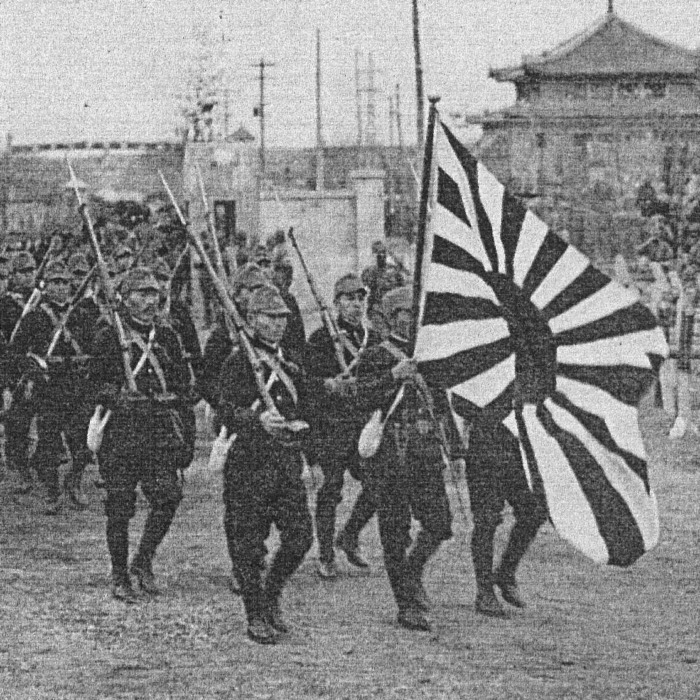

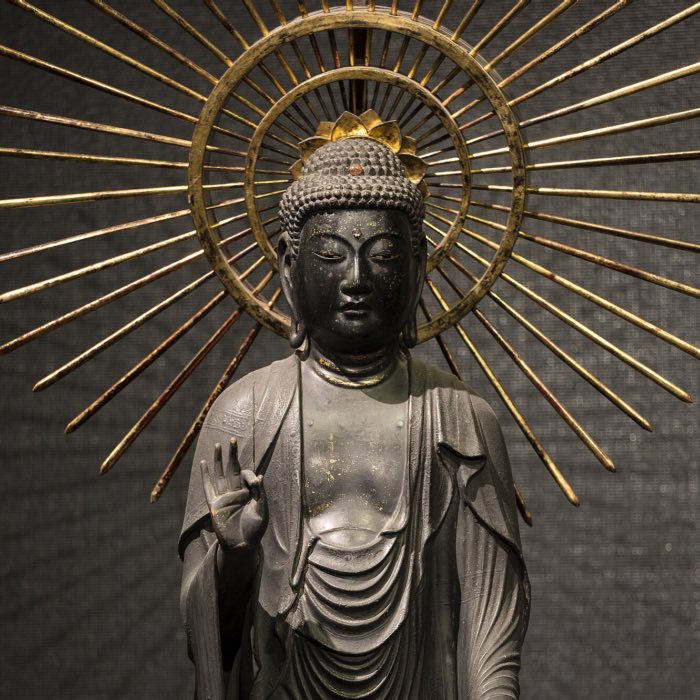

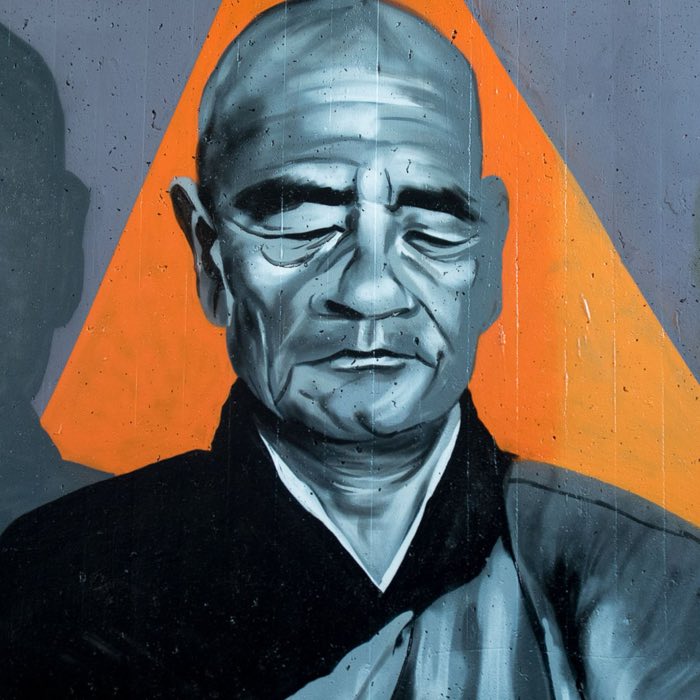
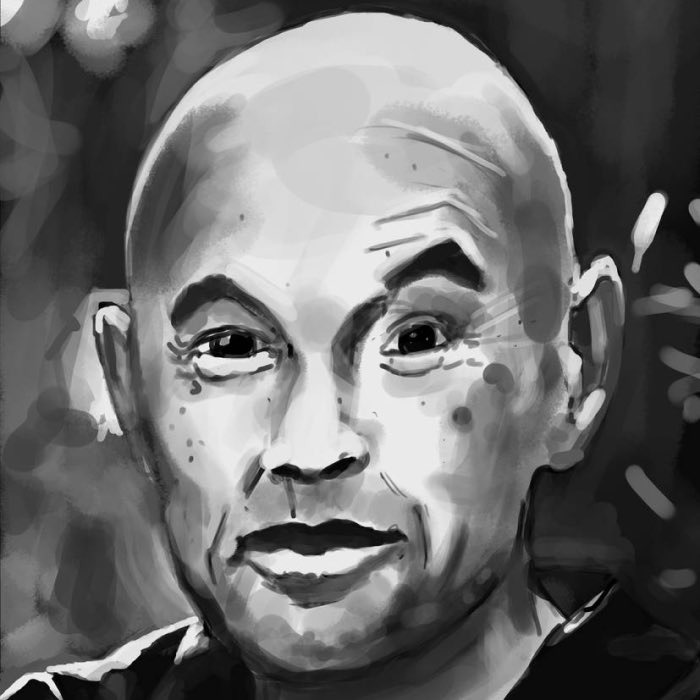
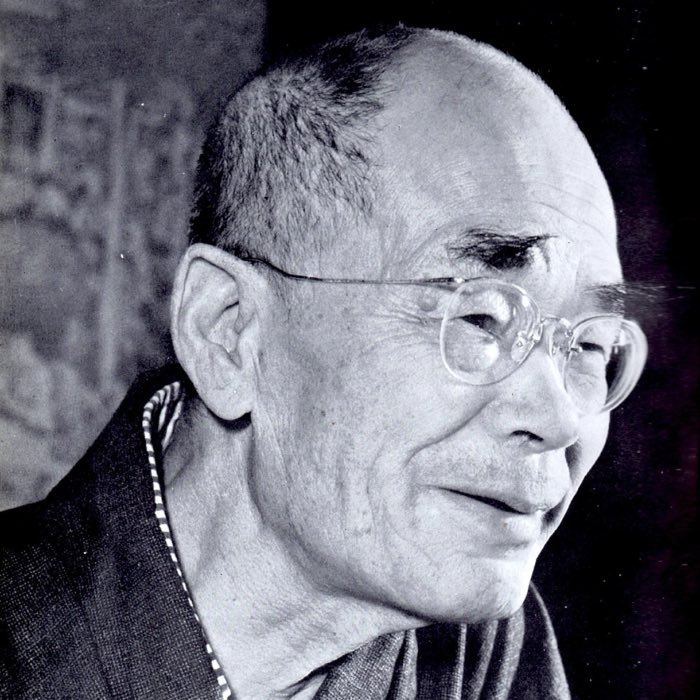
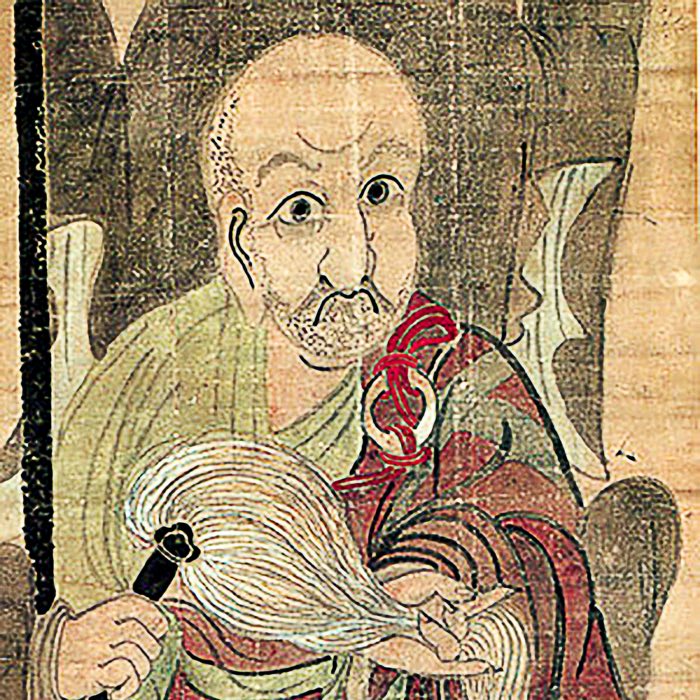

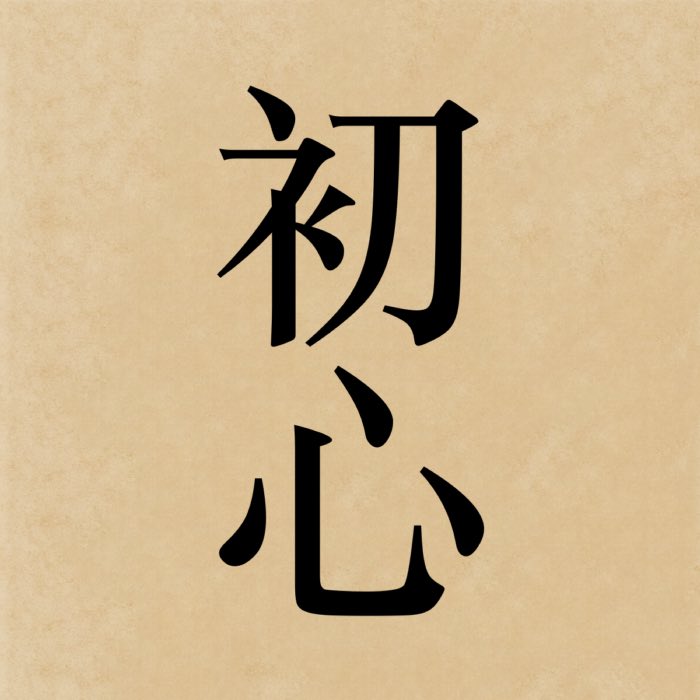
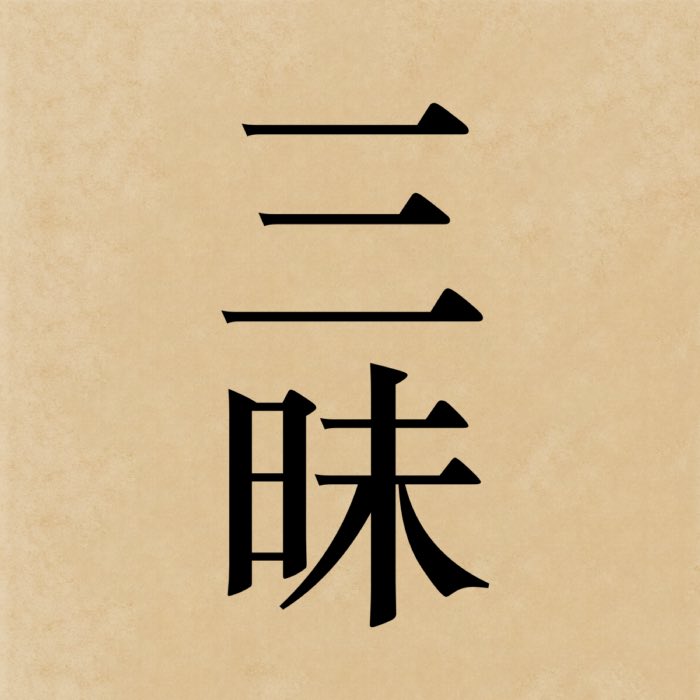
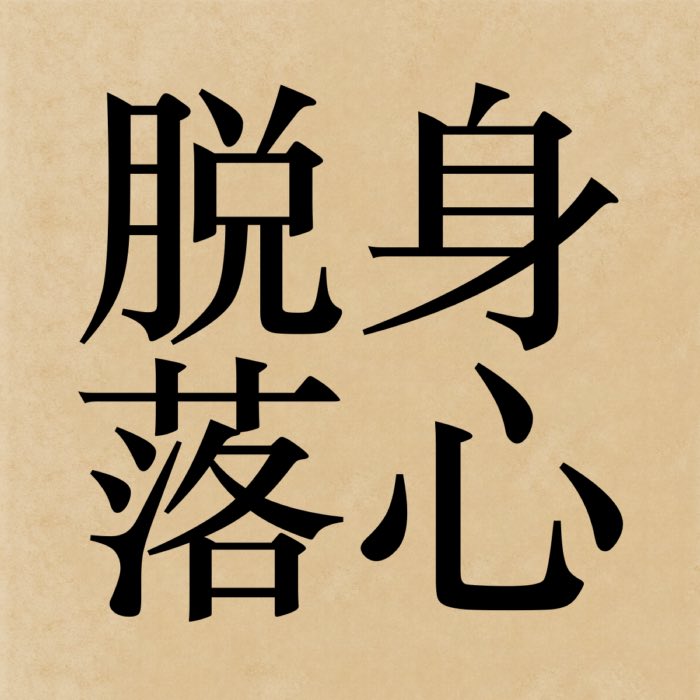
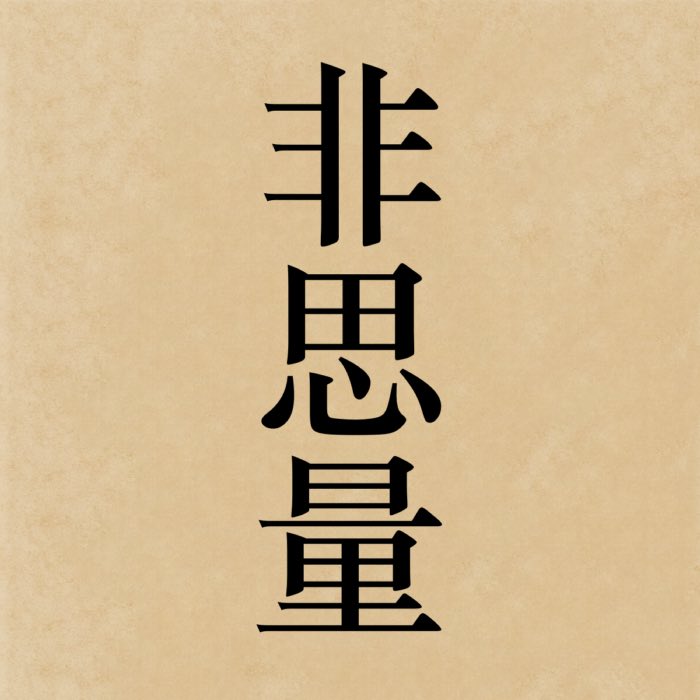

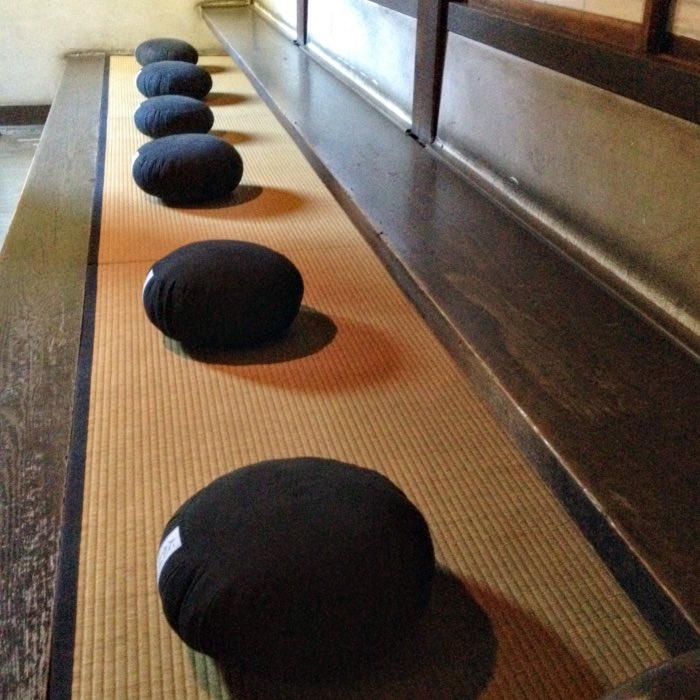
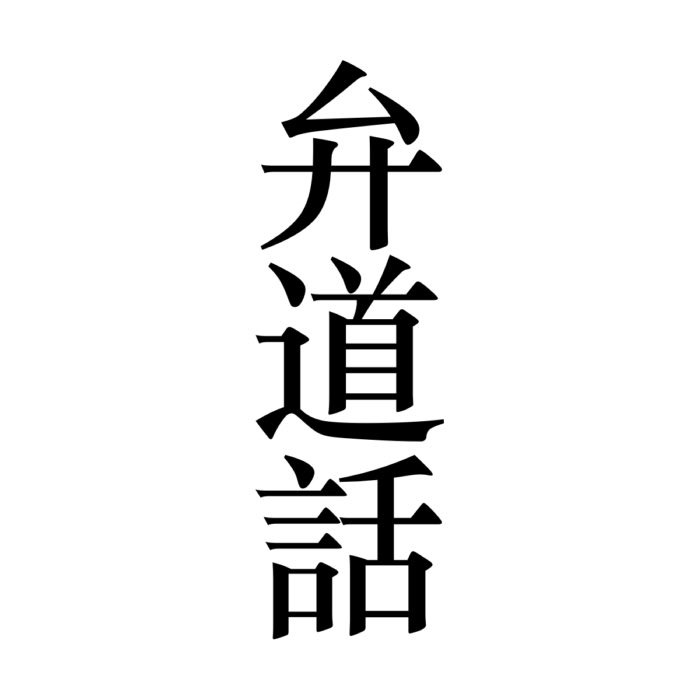
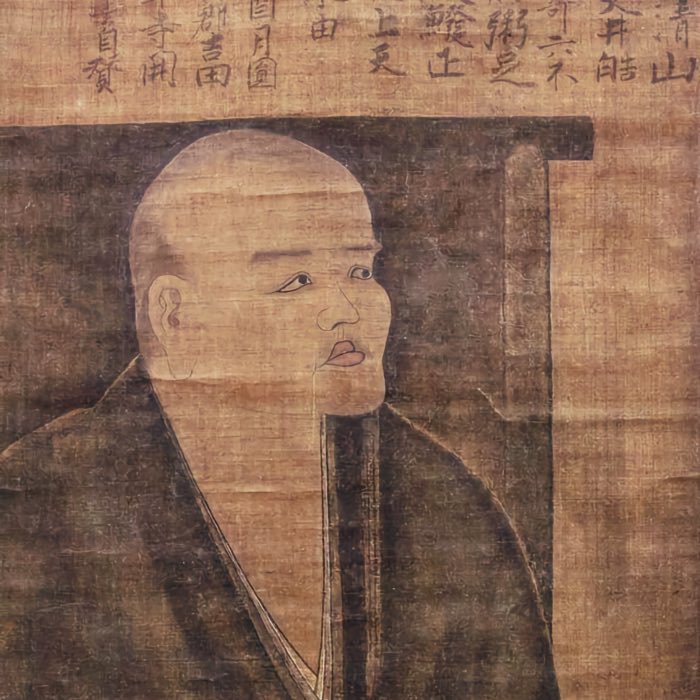
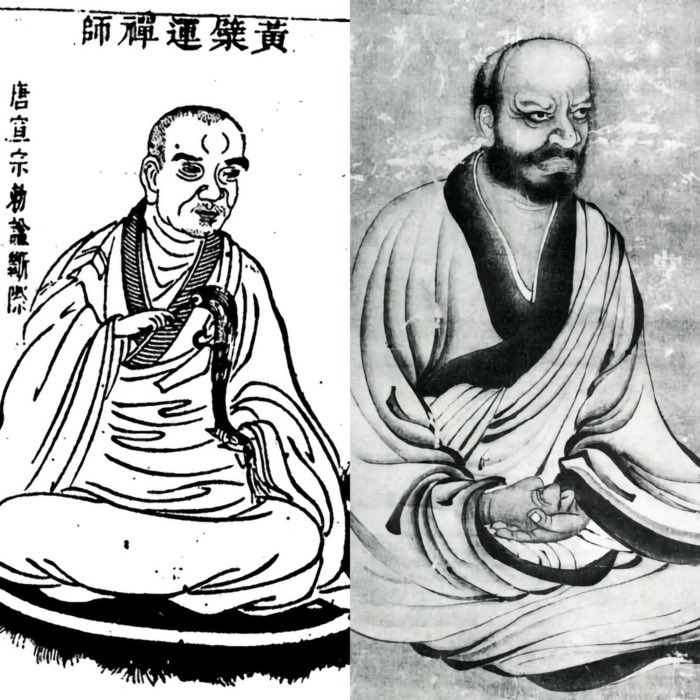


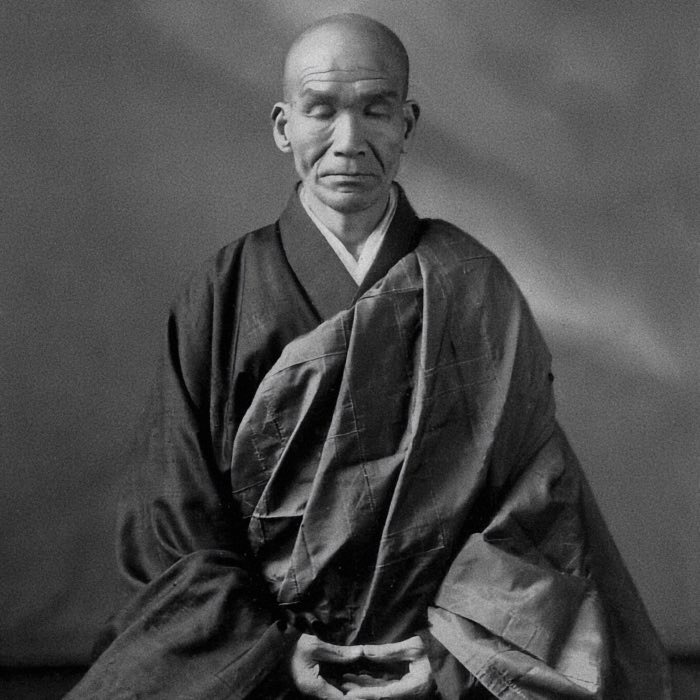


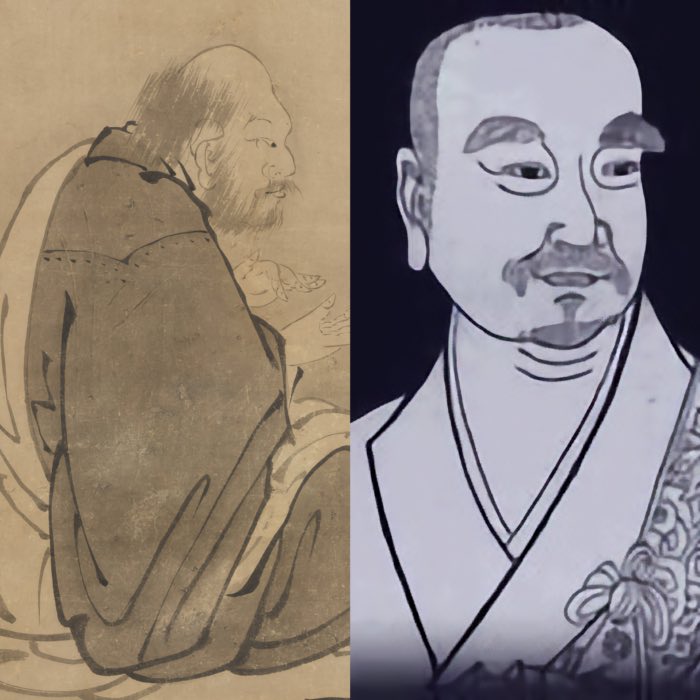


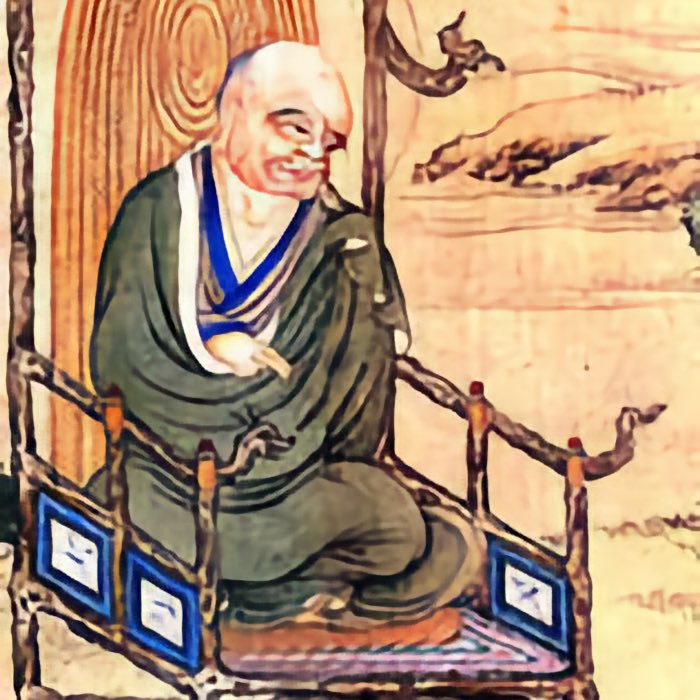
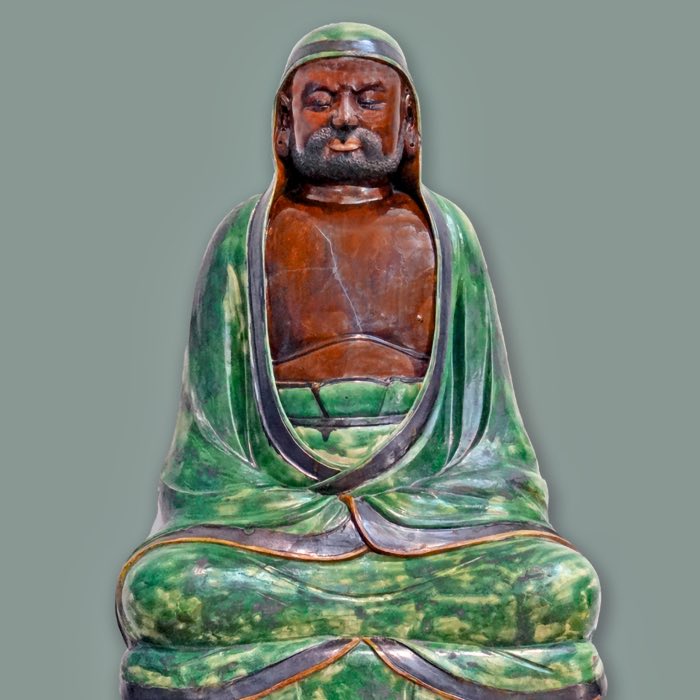
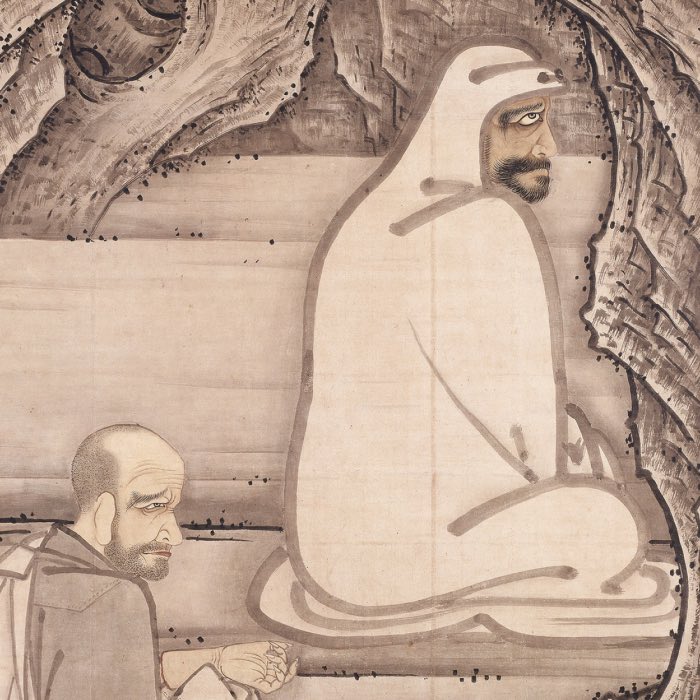


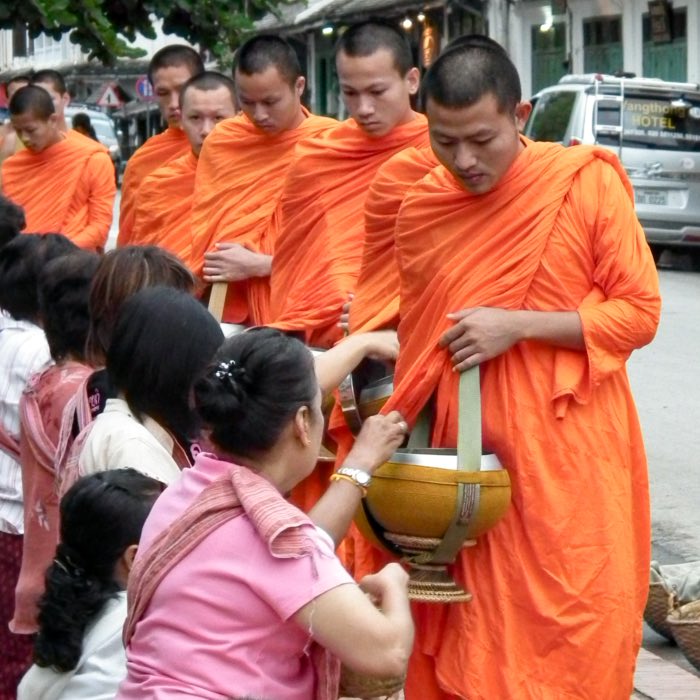
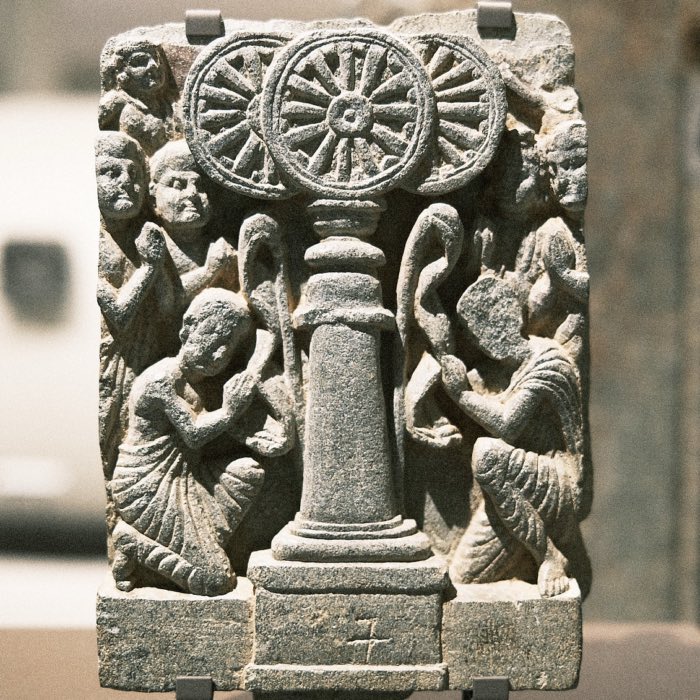
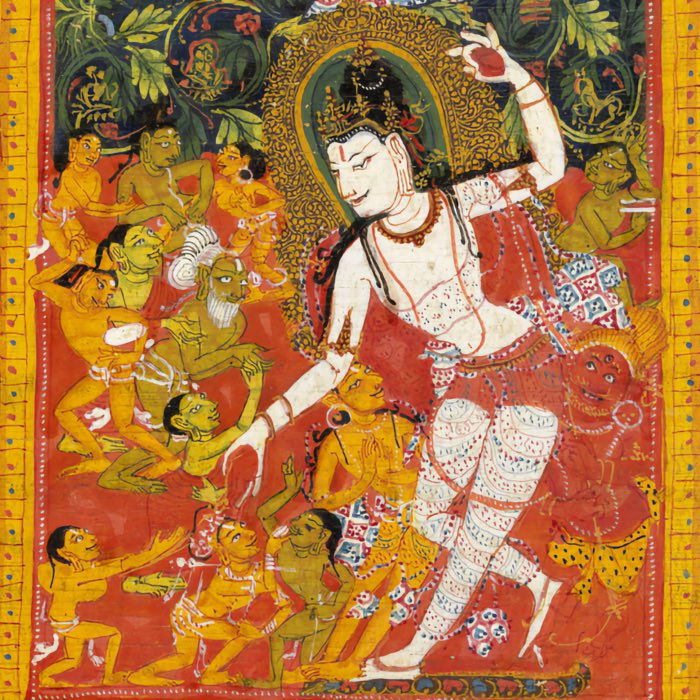

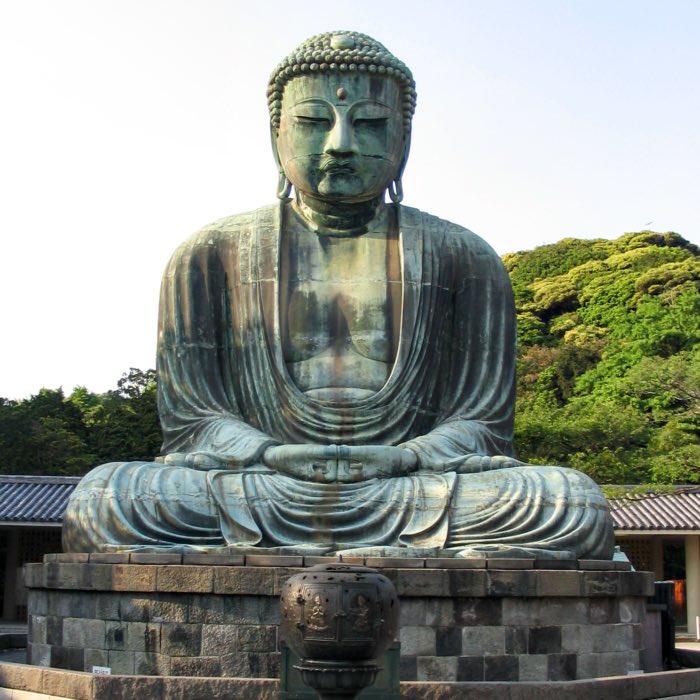
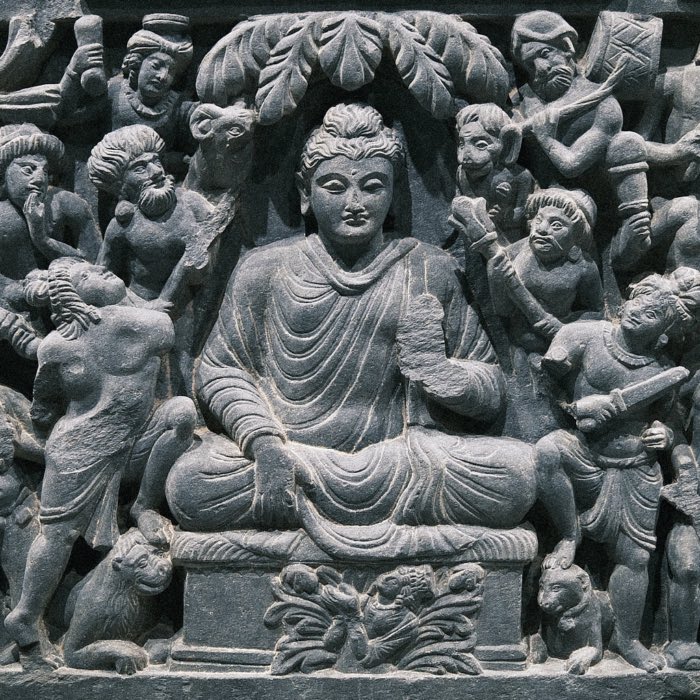

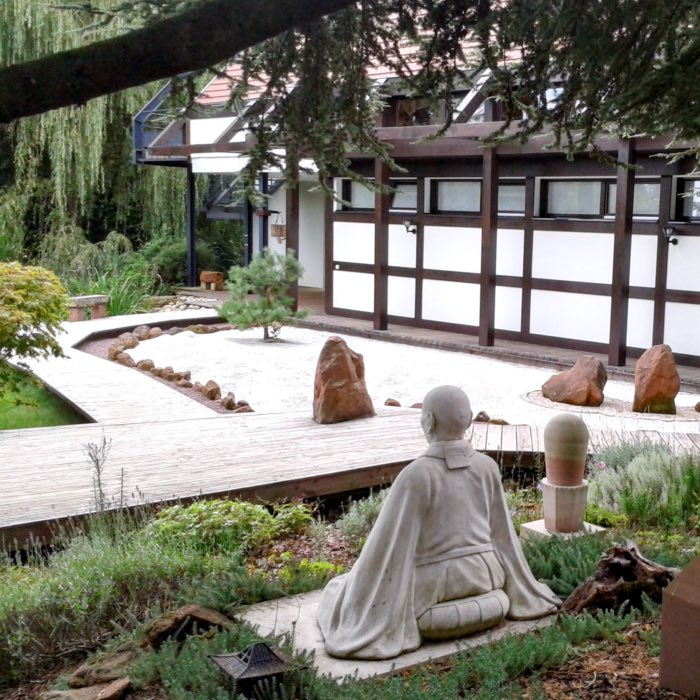
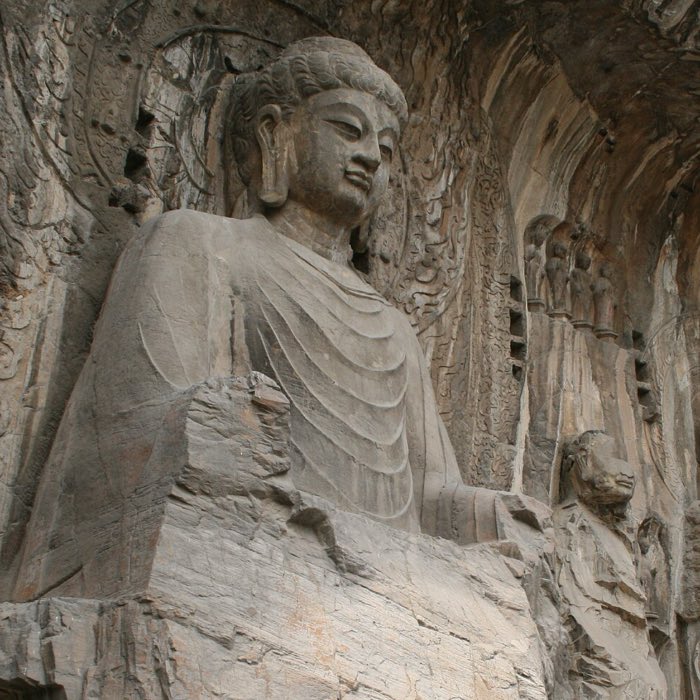
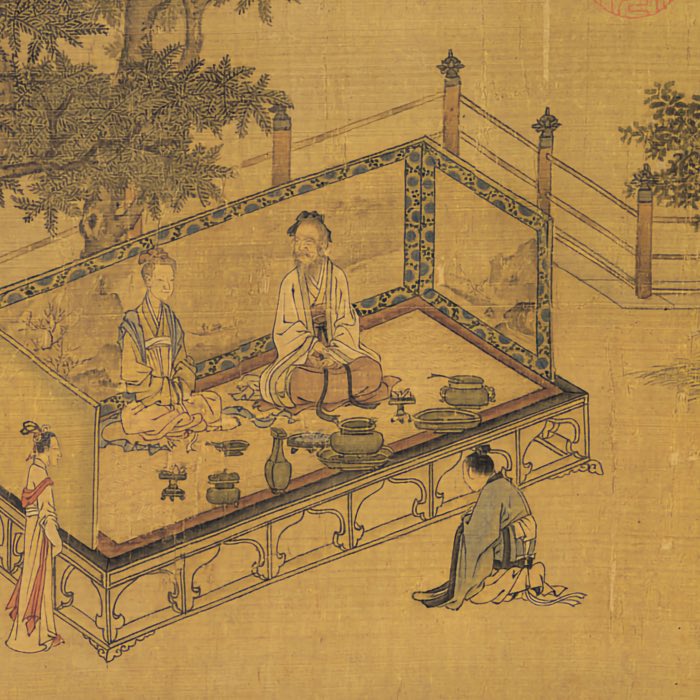
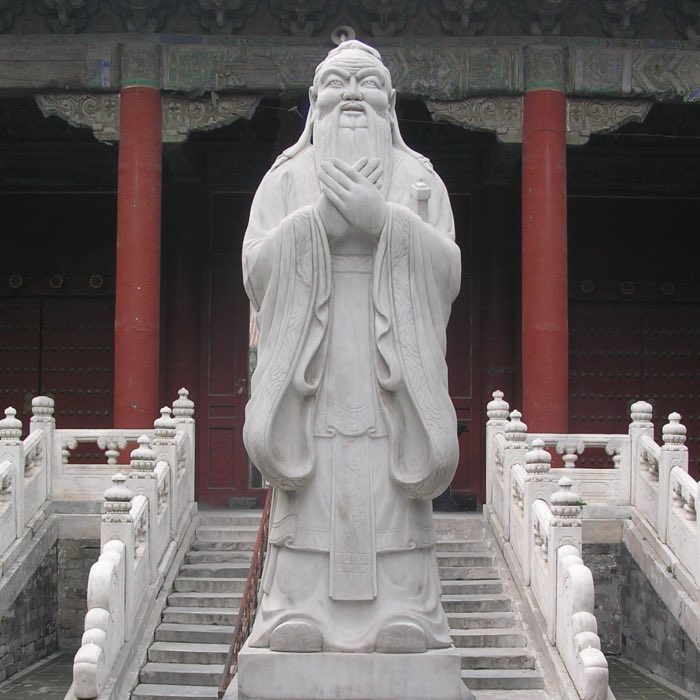
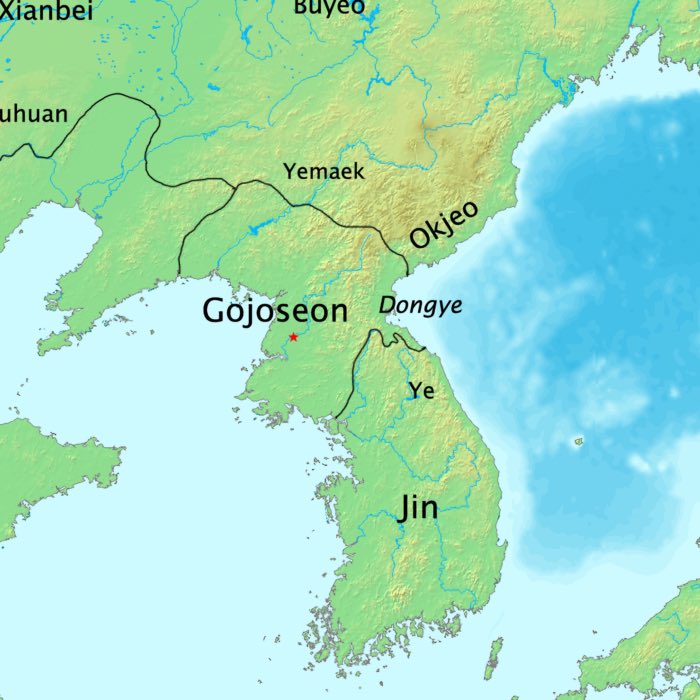
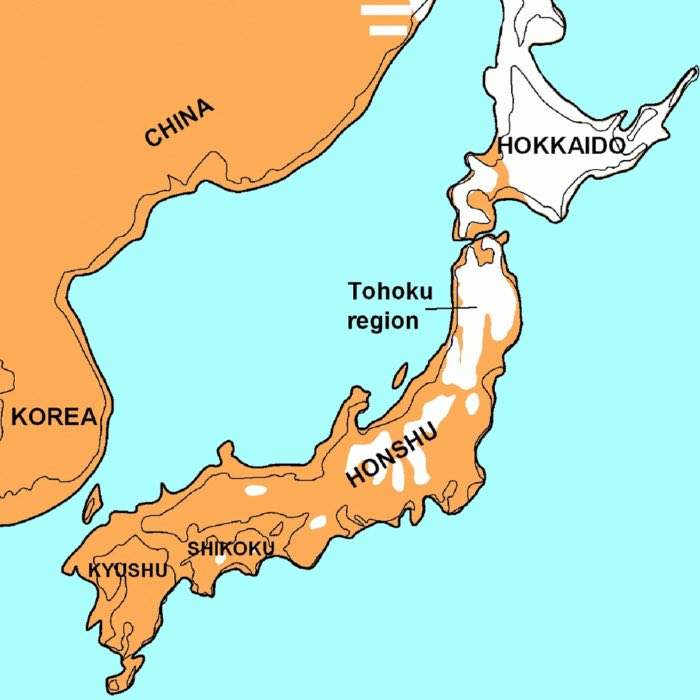
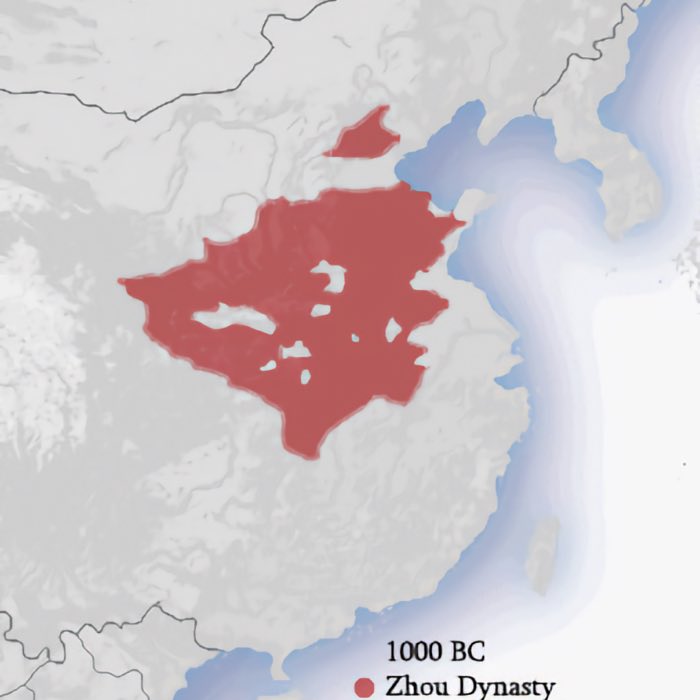
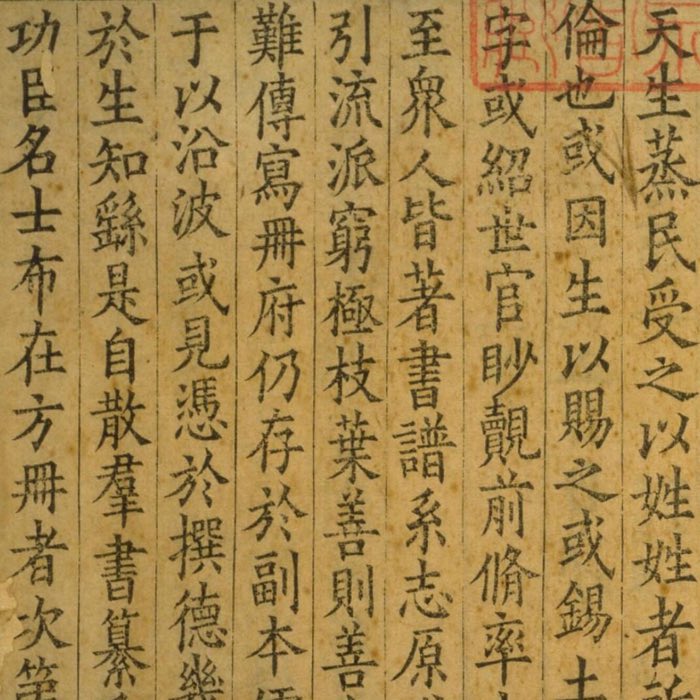
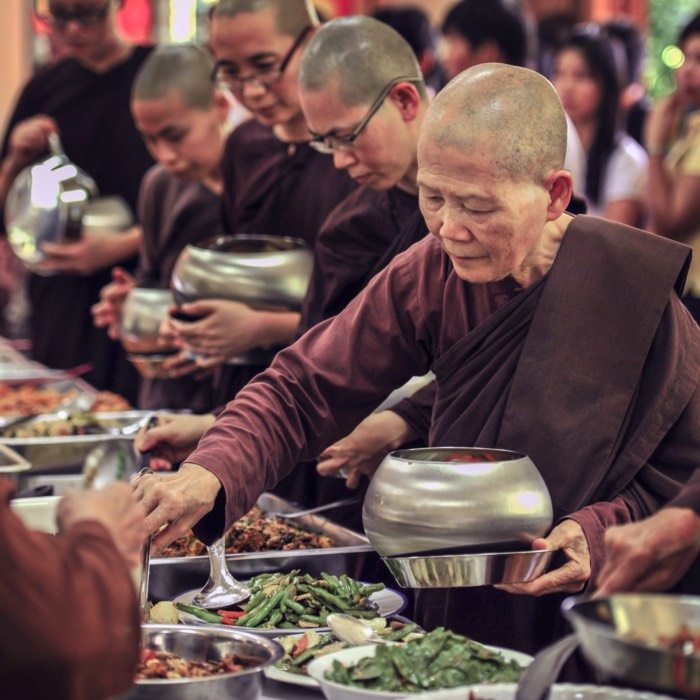
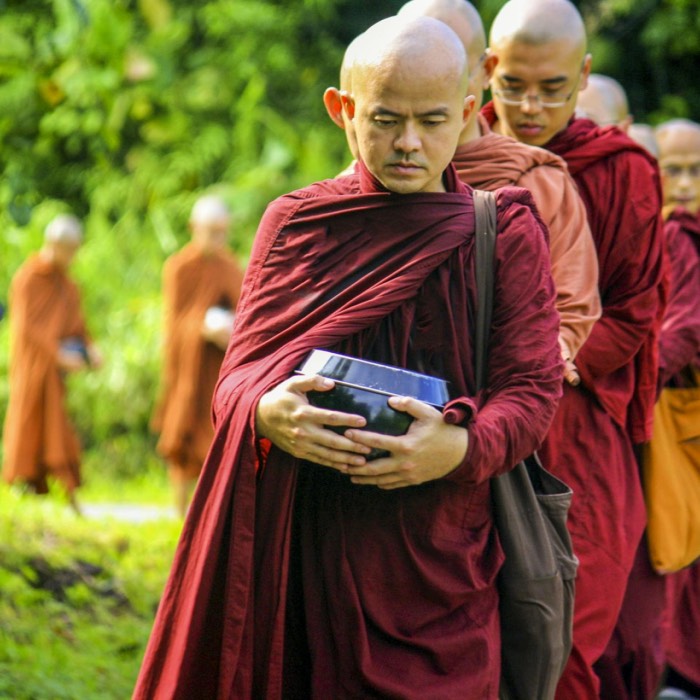



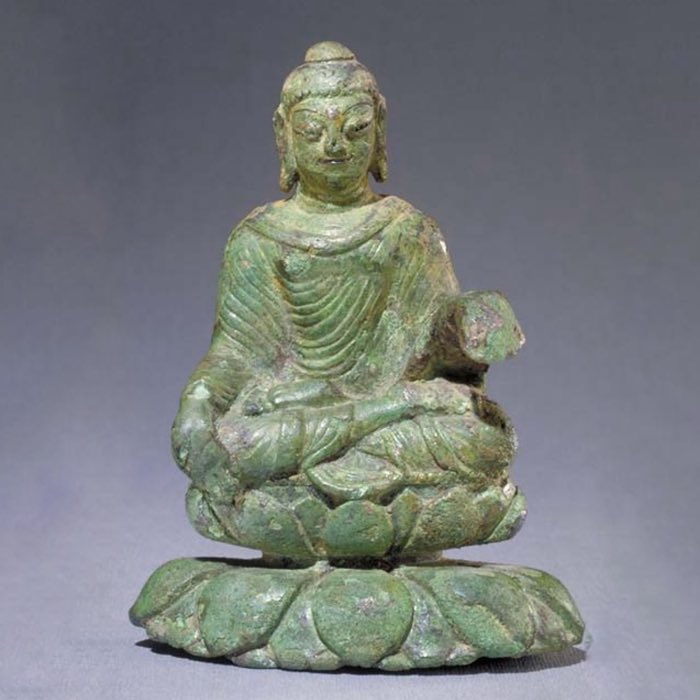

comments